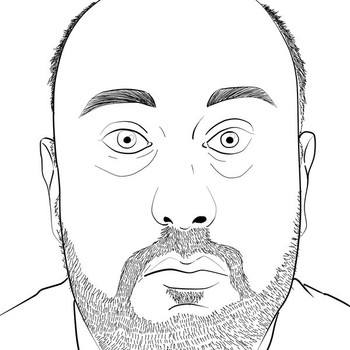How do you prove that the limit of #x+2y= 1# as (x,y) approaches (1,0) using the epsilon delta proof?
2 Answers
Set
Suppose we are given
that for any
If we choose
If I ever did this it was years ago. I did look at some resources for
Explanation:
Given
Now if
then
So
Consequently,
# <= abs(x-1)+2abs(y)#
# < delta + 2delta#
# = epsilon/3 + 2epsilon/3#
# = epsilon# .


